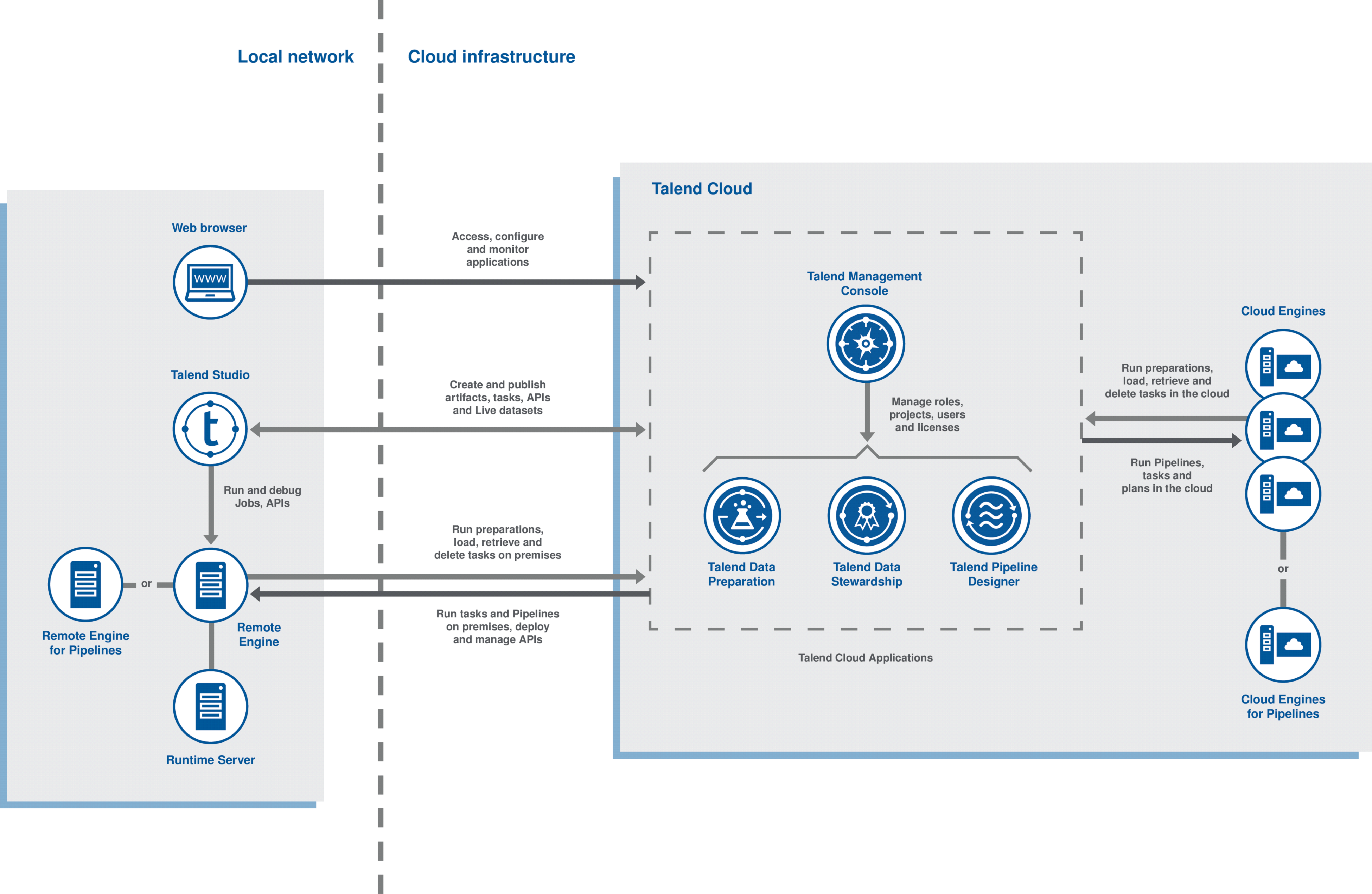

- #BUILD LOCAL CLOUD INSTALL#
- #BUILD LOCAL CLOUD UPDATE#
- #BUILD LOCAL CLOUD FULL#
- #BUILD LOCAL CLOUD CODE#
- #BUILD LOCAL CLOUD LICENSE#
Upload to upload your finished app to ArcGIS.
#BUILD LOCAL CLOUD LICENSE#
For more information, see License your app. Add your Esri client ID to your app in Settings.Create app installation filesīefore generating installation files, ensure that you do the following: Features like all-in-one search and intent-based suggestions help you move faster, while improved build and debug speeds ensure.
#BUILD LOCAL CLOUD FULL#
This release is full of updates that take friction out of your daily workflows making it easier for you stay in the zone while you code. To use the AppStudio Make tool, you need an ArcGIS AppStudio Developer Edition license. We’re excited to announce that Visual Studio 17.5 is now generally available. The cloud make service requires that your app be stored in ArcGIS Online. To use either method, use the AppStudio Make tool.

#BUILD LOCAL CLOUD INSTALL#
#BUILD LOCAL CLOUD UPDATE#
Steps : - name : gcr.io/cloud-builders/docker args : - build - '-no-cache' - '-t' - '$_GCR_HOSTNAME/$PROJECT_ID/$REPO_NAME/$_SERVICE_NAME:$COMMIT_SHA' - api - '-f' - api/Dockerfile id : Build - name : gcr.io/cloud-builders/docker args : - push - '$_GCR_HOSTNAME/$PROJECT_ID/$REPO_NAME/$_SERVICE_NAME:$COMMIT_SHA' id : Push - name : 'gcr.io//cloudsdktool/cloud-sdk:slim' args : - run - services - update - $_SERVICE_NAME - '-platform=managed' - '-image=$_GCR_HOSTNAME/$PROJECT_ID/$REPO_NAME/$_SERVICE_NAME:$COMMIT_SHA' - >-labels=managed-by=gcp-cloud-build-deploy-cloud-run,commit-sha=$COMMIT_SHA,gcb-build-id=$BUILD_ID,gcb-trigger-id=$_TRIGGER_ID,$_LABELS - '-region=$_DEPLOY_REGION' - '-quiet' id : Deploy entrypoint : gcloud timeout : 1200s images : - '$_GCR_HOSTNAME/$PROJECT_ID/$REPO_NAME/$_SERVICE_NAME:$COMMIT_SHA' options : substitutionOption : ALLOW_LOOSE substitutions : _LABELS : gcb-trigger-id=c21fdsf16c-373a-41b9-9d80-7fdsffs42d219bc8 _TRIGGER_ID : c21fdsfs16c-373a-4fdsfdsb9-9d80-7d342d2fdsfsdc8 _DEPLOY_REGION : asia23 _GCR_HOSTNAME : us.gcr.io _PLATFORM : managed _SERVICE_NAME : redacted tags : - gcp-cloud-build-deploy-cloud-run - gcp-cloud-build-deploy-cloud-run-managed Speeding it up #Ĭurrently, the docker build step in the above cloudbuild file uses no cache. Like, why not? The initial CloudBuild file: # A data center is physically connected to your companys local network. Creation of various components used within the ecosystem. rebase application images created using buildpacks. It enables the following functionality: build an application using buildpacks. This is one of the main benefits of Docker! It's a little frustrating that caching in builds is not enabled by default for other Google services which use Cloud Build in the background to deploy your code. If youre deciding between using a cloud computing service and building your own. Pack is a tool maintained by the Cloud Native Buildpacks project to support the use of buildpacks. This is a bit of a difficult situation, as it means that by default, some Google services with "autodeploy" features ( Cloud Run in particular) do not use any of the caching features of Docker. They have no incentive to provide methods to users to make their builds efficient, because all of their billing is based on build time. One issue with Cloud Build is that the product managers for the service at Google are in a bit of a bind. Every time I push a commit to github, Cloud Build is triggered, builds all my Docker images and deploys them automatically. I am using it extensively to build the frontend and backend components of a project I am working on, which is super helpful.
#BUILD LOCAL CLOUD CODE#
Speeding up Cloud Build by an order of magnitude TIL: Speeding up Google Cloud Build by an order of magnitude #Ĭloud Build is a cool tool for building docker images, which integrates very nicely with other Google services, allowing you to deploy code automatically.


 0 kommentar(er)
0 kommentar(er)
